Don’t be fooled by QE – stocks will crash hard
Contrary to received opinion, central bankers can’t fix the world’s problems. John C Burford explains why Mario Draghi is no exception.

When the big moment came, Mario delivered.
On Thursday, Mario Draghi, the European Central Bank (ECB) president, announced a massive money-printing (or QE) programme to the relief of bond speculators, gamblers and not a few government ministers.
Draghi is going to print new euros and use them to buy government bonds. That drives the price of the bonds up and makes speculators, and government officials, very happy indeed. Speculators get a quick profit and governments get to borrow money on the cheap.
MoneyWeek
Subscribe to MoneyWeek today and get your first six magazine issues absolutely FREE

Sign up to Money Morning
Don't miss the latest investment and personal finances news, market analysis, plus money-saving tips with our free twice-daily newsletter
Don't miss the latest investment and personal finances news, market analysis, plus money-saving tips with our free twice-daily newsletter
For Draghi, getting conservative Germans at the European Central Bank to go along with this money-printing programme wasn't easy. The Germans hate money printing and for years, they've been able to block it from happening. But Mario got his way in the end it would seem that the old smoothie has a sterling silver tongue.
There's just one problem with this money printing doesn't work! No amount of money printing can fix the problems with eurozone economies. Newly printed money won't end up in the pockets of ordinary citizens. It'll be tucked away by hedge funds/banks with no productive home to go to.
Today, I'm going to take a break from the charts. I've seen too much claptrap in the media about how money printing is going to fix the world's problems. Today, I want to set the record straight!
Mario Draghi is dead wrong
Well, there are only a few examples of money printing in modern times. Japan is one of them. In the 1990s, Japan tried its hardest to print its way out of a depression.
But the results couldn't be clearer the plan failed totally. Japan is a telling example of how gargantuan money printing and rock bottom interest simply don't work. Japan's economy is no bigger than it was 20years ago.
The real reason the European economy is weak is because social mood is negative. What does that mean? Well, when consumers are feeling perky and confident, they buy more stuff - andvice versa.Since modern economies are made up mostly of consumption, people buying less stuff leads to a weak economy overall. And no amount of money printing can change the 'social mood'.
Money printing is nothing more than a snake oil remedy. If it did actually work, governments all over the world since time immemorial would have discovered it was the magic solution to wealth creation.
And if money printing worked, trading the markets would be easy. There would be no business cycles, and share prices would rise smoothly. But as a seasoned trader, I know nothing in the market comes easily.
Forget about QE stocks will be crushed
Everyone is certain that the stock market is going to keep rising. In a survey of money managers I read recently, not one of them forecast a down year for the S&P in 2015. How's that for group-think? I will take the other side of that bet, thank you very much!
US stocks are especially vulnerable. The strong dollar will hurt American exporters and in some sectors, like technology, stocks are ludicrously overpriced. Not to mention the fact that a record number of traders are borrowing to buy stocks not a good sign. The scene is set for an almighty collapse in shares.The oil market is showing the way.
The only way is down.
Get the latest financial news, insights and expert analysis from our award-winning MoneyWeek team, to help you understand what really matters when it comes to your finances.
John is is a British-born lapsed PhD physicist, who previously worked for Nasa on the Mars exploration team. He is a former commodity trading advisor with the US Commodities Futures Trading Commission, and worked in a boutique futures house in California in the 1980s.
He was a partner in one of the first futures newsletter advisory services, based in Washington DC, specialising in pork bellies and currencies. John is primarily a chart-reading trader, having cut his trading teeth in the days before PCs.
As well as his work in the financial world, he has launched, run and sold several 'real' businesses producing 'real' products.
-
 Why pension transfers are so tricky
Why pension transfers are so trickyInvestors could lose out when they do a pension transfer, as the process is fraught with risk and requires advice, says David Prosser
-
 The political economy of Clarkson’s Farm
The political economy of Clarkson’s FarmOpinion Clarkson’s Farm is an amusing TV show that proves to be an insightful portrayal of political and economic life, says Stuart Watkins
-
 Investors dash into the US dollar
Investors dash into the US dollarNews The value of the US dollar has soared as investors pile in. The euro has hit parity, while the Japanese yen and the Swedish krona have fared even worse.
-
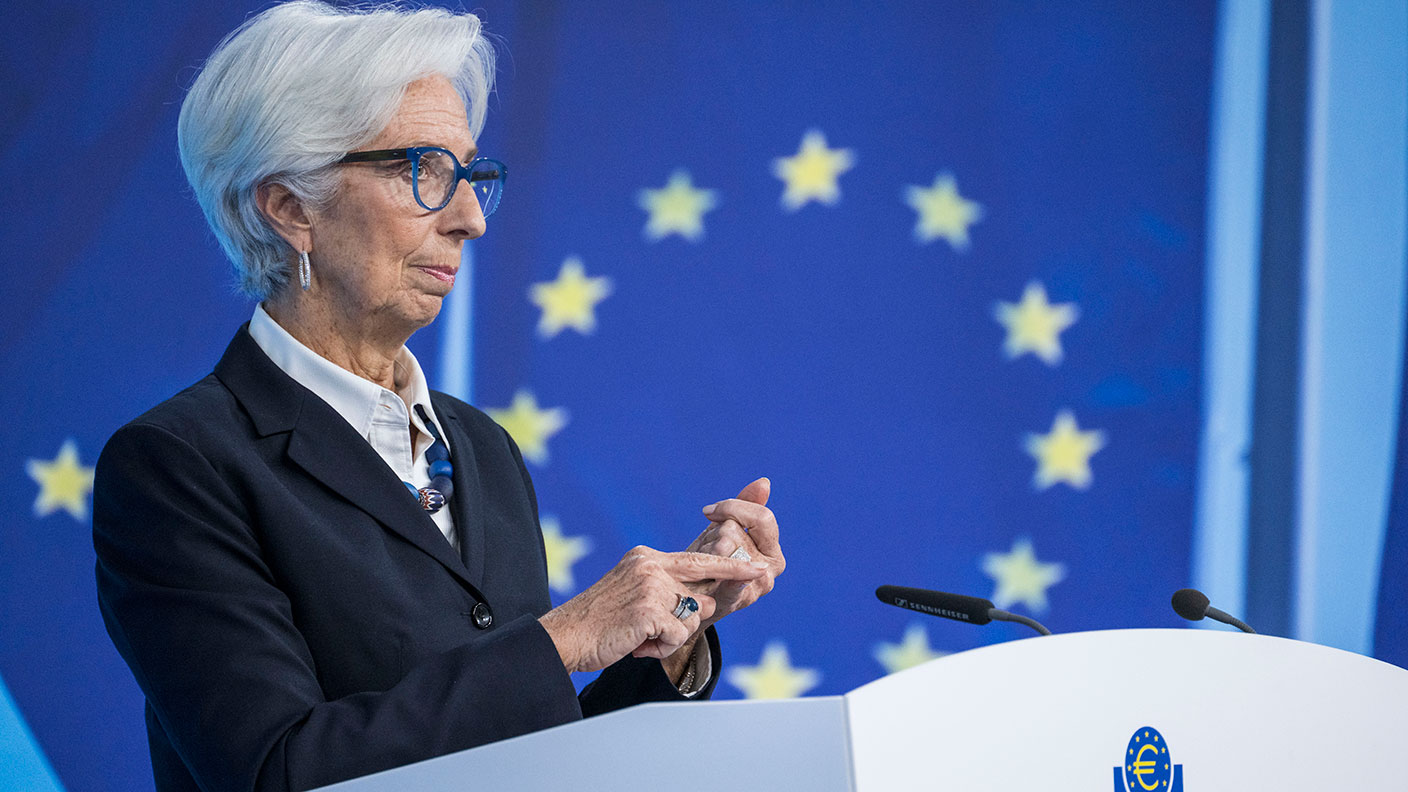 Could a stronger euro bring relief to global markets?
Could a stronger euro bring relief to global markets?Analysis The European Central Bank is set to end its negative interest rate policy. That should bring some relief to markets, says John Stepek. Here’s why.
-
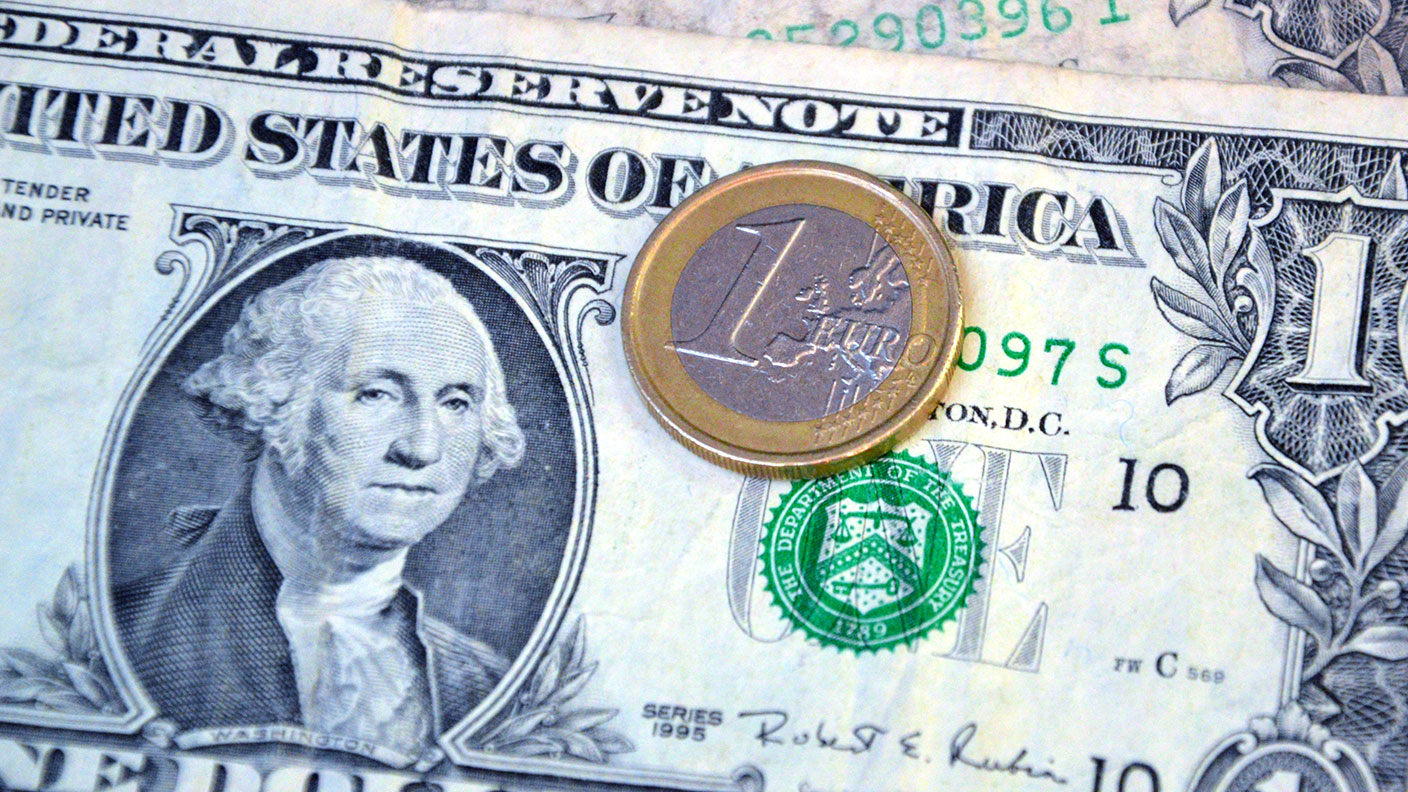 A weakening US dollar is good news for markets – but will it continue?
A weakening US dollar is good news for markets – but will it continue?Opinion The US dollar – the most important currency in the world – is on the slide. And that's good news for the stockmarket rally. John Stepek looks at what could derail things.
-
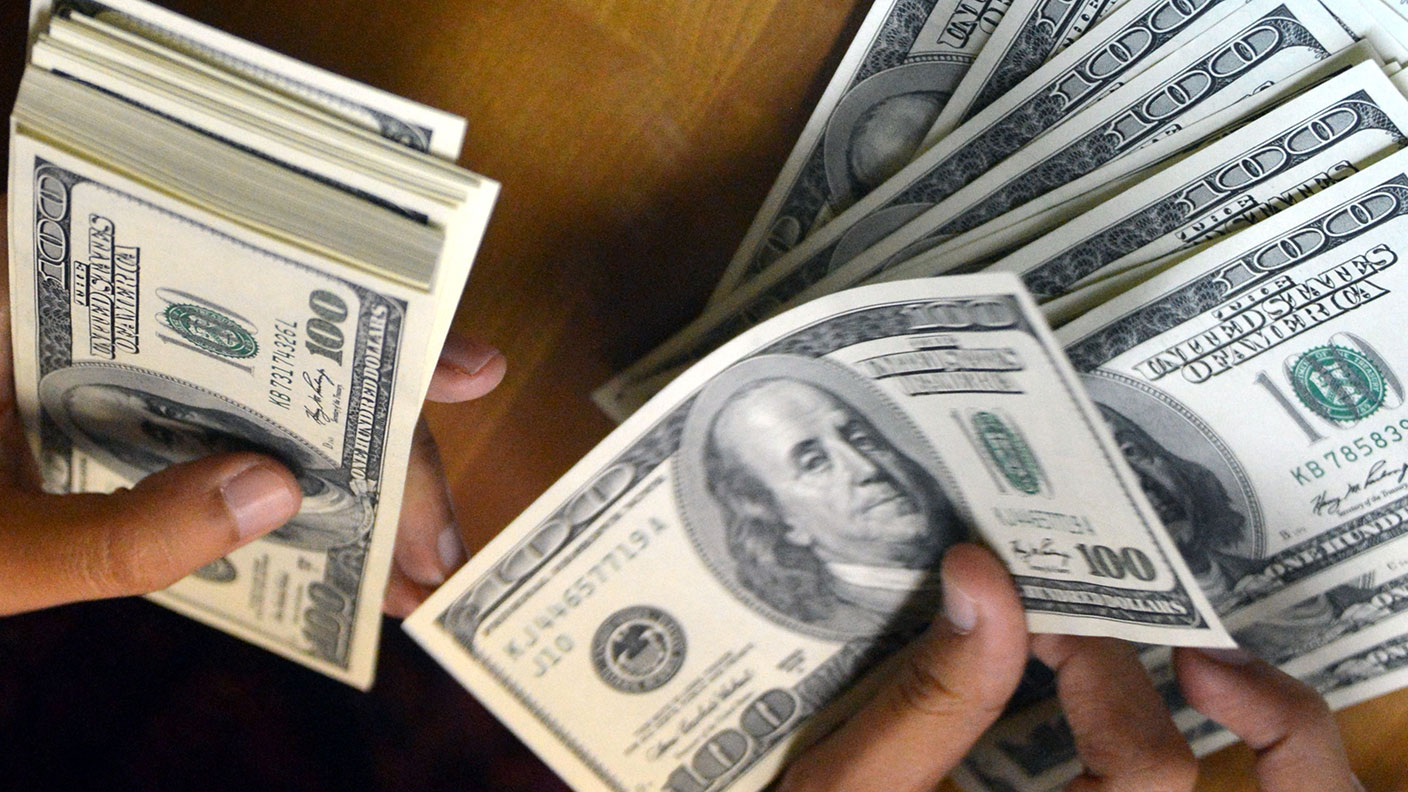 How the US dollar standard is now suffocating the global economy
How the US dollar standard is now suffocating the global economyNews In times of crisis, everyone wants cash. But not just any cash – they want the US dollar. John Stepek explains why the rush for dollars is putting a big dent in an already fragile global economy.
-
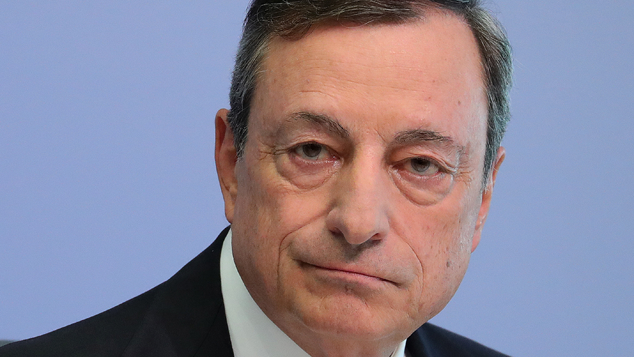 The pound could hit parity with the euro – but if it does, buy it
The pound could hit parity with the euro – but if it does, buy itFeatures Anyone visiting the continent this summer will have been in for a rude shock at the cash till, says Dominic Frisby. But the pound won't stay down forever.
-
Gold’s rally should continue
Features Matthew Partridge looks at where the gold price is heading next, and what that means for your online trading.
-
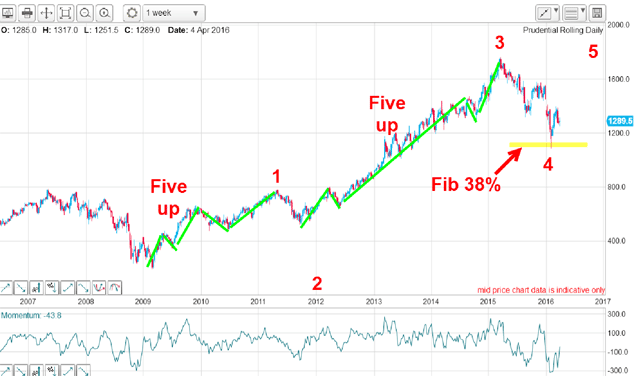 Prudent trades in Prudential
Prudent trades in PrudentialFeatures John C Burford shows how his trading methods can be used for more than just indices and currencies. They work for large-cap shares too.
-
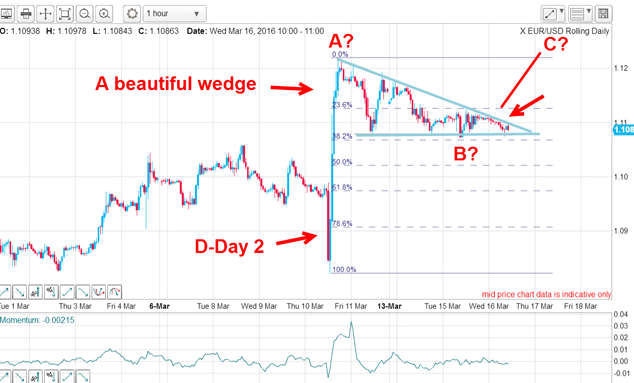 Did you find the path of least resistance in EUR/USD?
Did you find the path of least resistance in EUR/USD?Features John C Burford outlines a trade in the euro vs the dollar in the wake of the US Federal Reserve’s most recent announcement.